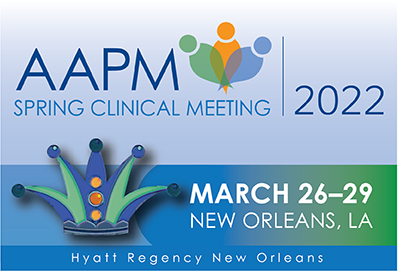Auto Analysis Commissioning On EPID Image Based Winston Lutz Tests
Presentations
(Saturday, 3/26/2022) [Central Time (GMT-5)]
Purpose: In a commercial QA software performing auto-analysis of EPID based Winston Lutz test images, multiple factors may affect the results and subsequent accuracy of SRS plans being delivered to patients. This project aims to commission the auto-analysis package of a commercial QA software (TotalQA: Image Owl Inc, New York, USA) used to analyze WL test EPID images by comparing and quantifying differences in results obtained from another commercial software (DoseLab, Varian Medical Systems, USA).
Methods: Ten WL QA plans using MLC or cone were delivered on a Varian Edge machine. EPID images with a BB target setup at the imaging isocenter in small radiation fields at geometries composited by different gantry, collimator and couch angles were imported to Total QA and DoseLab. The endpoints, maximum offset from imaging center to the center of radiation in all fields and coincidence between imaging and radiation isocenters were compared. Moreover, to quantify the scale of uncertainties in two auto analysis systems, a 0.5mm shift was introduced in BB’s alignment. The resultant EPID images with a known offset were analyzed by two systems.
Results: For the WL MLC plans, the average difference of the maximum offset calculated by Total QA and DoseLab was -0.029mm with 0.046mm SD respectively. The difference between the respective isocenter coincidences was less than 0.07mm. For the cone plan, the average difference of the maximum offset calculated by Total QA and DoseLab was -0.019mm with 0.068mm SD respetively. The difference between the respective isocenter coincidences was less than 0.03mm. For the MLC plan, Total QA detected 0.5mm shift in the range of 0.2 to 0.67mm whereas for DoseLab this known shift was in the range of 0.24 to 0.66mm.
Conclusion: Considering 1mm tolerance of WL tests, auto analysis results of Total QA and DoseLab were found to be comparable.
ePosters
Keywords
Not Applicable / None Entered.
Taxonomy
TH- External Beam- Photons: Quality Assurance - Linear accelerator
Contact Email



